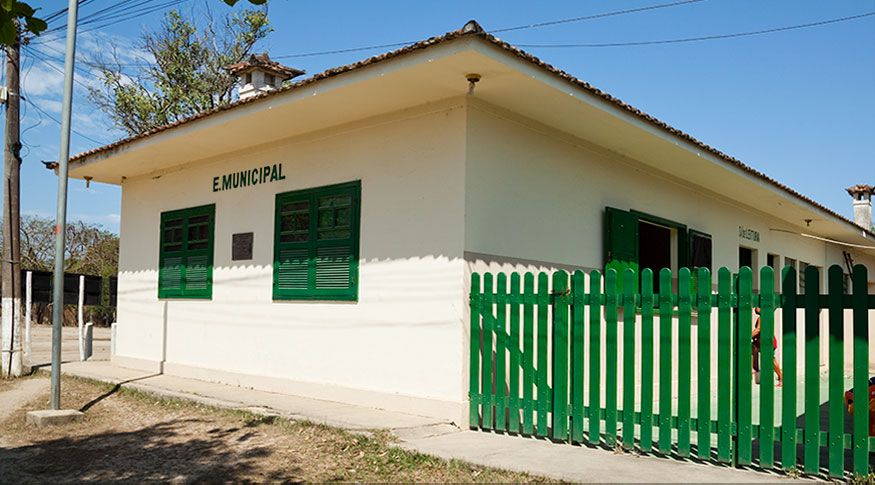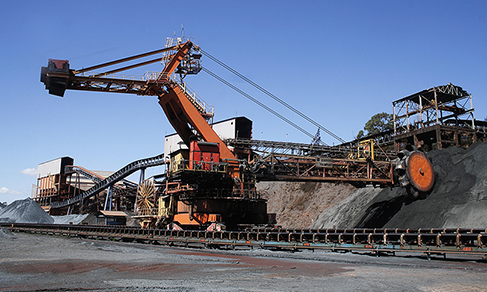Continuous PNAD
Education indicators are up, but racial and regional inequalities still remain
June 19, 2019 10h00 AM | Last Updated: June 19, 2019 03h29 PM

Despite the advances in literacy figures, in the schooling level of children and youth and in the level of schooling of persons aged 25 and over, between 2016 and 2018, racial and regional differences in education still remain. That can be seen in the Continuous National Household Sample Survey (Continuous PNAD), released today by the IBGE.
In 2018, there were 11.3 million persons aged 15 and over that did not know how to read or write, which is equivalent to an illiteracy rate of 6.8%. Against 2017, there was a decrease by 121 thousand illiterate persons. Among white persons, 3.9% were illiterate, whereas among black or brown ones, the rate reached 9.1%.
Illiteracy was concentrated in the group aged 60 years of age and over, reaching 18.6% of the persons in this age group, a proportion that represents 6 million illiterate elderly. The illiteracy rate reflects regional inequalities, since the Northeast (13.9%) and North (8%) recorded the highest rates, against 3.5%, in the Southeast.
“It is a major challenge to meet the illiteracy eradication target by 2024, as listed in the National Education Plan, but, at the same time, there may be an effective public policy in the extinction of illiteracy”, explains the IBGE analyst, Marina Águas.
More than half of the population aged 25 and over did not finish high school
In spite of the better results in terms of illiteracy, the survey shows that 52.6% of the population aged 25 and over did not complete compulsory basic school education in 2018, that is, they did not finish high school. In the Northeast Region, that figure reached 61.1%.
The proportion of the population with at least complete high school in this age group increased from 45% to 47.4%, between 2016 and 2018. Another fact that stands out is the percentage of persons with compete higher education, which changed from 15.7%, in 2017, to 16.5%, in 2018.
As for color or race, 55.8% of the white persons had complete basic education, at least. Among blac or brown ones that percentage was 40.3%. Among women, 49.5% had reached high school, at least, and among men, 45%.
“From 2016 to 2018, Brazil has improved, more persons have completed basic education. On the other hand, more than half of the population has not gotten to the basic level. At the age of 25 those persons have already chosen a career path and will probably not complete their studies, ” Ms. Águas highlights.
Continuous PNAD shows that the schooling rate, which measures the proportion of persons in school in the total in that age bracket, increased in all the age groups, between 2016 and 2018, except for persons aged 18 to 24, stable at 32.7%.
The schooling rate of children aged 0 to 3 reached 34.2%, that is, there was an increase by 158 thousand persons. Among children aged 4 to 5, the group corresponding to high school, the rate was 92.4%, in 2018, against the 91.7% in 2017, amounting to a total of almost 5 million children.
In the group aged 6 to 14, universalization, since 2016, had been practically reached , with 99.3% of the persons in school in 2018. Among youngsters aged 15 to 17, in 2018, the result was 88.2%, above the percentages in 2016 and 2017, when that rate remained stable at 87.2%.
More than 85% of the children aged 11 years of age and over are attending the expected grade
Despite the increase in the schooling rate, the child or youth is not always enrolled in the proper grade, as shown in the net attendance rate. For the second phase of primary school, ideally attended by children aged 11 to 14, the net attendance rate in Brazil was 86.7%.
In regional terms, the Central-Southern parts of the country recorded rates above 89%. The Northeast and North were below the national average, respectively, 83.4% and 79.6%. For youngsters aged 15 to 17, the net attendance rate was 69.3%, in 2018. The North (61.9%) and Northeast (61.3%) recorded the lowest rates.
“It is a reason for demotivation, for example, when a child aged 14 studies in the same class as another one aged 7. Chances are the former student will be always delayed in their studies or even drop out, Ms. Água says.
The survey also showed that, among 47.3 million persons aged 15 to 29 years of age, 13.5% were employed and studying; 23% were neither employed nor studying; 28.6% were not employed, but studying, and 34.9% were employed but not studying.
Among white persons, 16.1% were working and studying and investing in qualification, a percentage above that among black or brown persons (11.9%). The proportion of white persons who only worked (36.1%) and only studying (29.3%) also surpassed that of black or brown persons, respectively.
“To raise the level of schooling of the young population is a way to fight the significant educational inequality in the country. Besides, raising their level of schooling and expanding qualification can facilitate their entry to the labor market, reduce low-quality employment and staff turnover”, says the analyst.




















